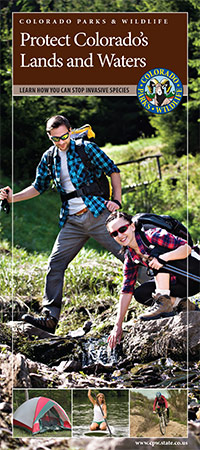 Here in Colorado we have a number of invasive species that are causing problems because they can harm the environment and put native species at risk. Colorado Parks & Wildlife defines invasive species as “plants, animals, insects or diseases that are not native to Colorado.” CP&W explains that “because they are not native to Colorado habitats, they have no natural competitors or predators. Without these checks and balances, the invaders are able to reproduce rapidly and out-compete native species.”
Here in Colorado we have a number of invasive species that are causing problems because they can harm the environment and put native species at risk. Colorado Parks & Wildlife defines invasive species as “plants, animals, insects or diseases that are not native to Colorado.” CP&W explains that “because they are not native to Colorado habitats, they have no natural competitors or predators. Without these checks and balances, the invaders are able to reproduce rapidly and out-compete native species.”
How do these invasive species get here? They mostly arrive by accident, “hitching a ride” on products being shipped into the state, or from human travel. But some introductions can be avoided. For example, bullfrogs, who occur naturally in the eastern and midwestern US but not in Colorado, were introduced here in part as discarded lab animals. The bullfrogs are a problem, according to CP&W’s species profile, because “bullfrogs eat anything that moves and will fit into their mouths including fishes, frogs, birds, bats, snakes, tarantulas, small mammals, and a variety of invertebrates. They out-compete and eat native amphibian species and are a factor in native species population declines.” Another example is the piranha, introduced into Colorado waters as unwanted pets. For more on these and other Colorado wildlife, both native and non-native, check out CP&W’s species profiles page. For more on the problem of releasing non-native species into the wild, see CP&W’s Don’t Turn it Loose webpage. Invasive plants such as purple loosestrife have also been introduced intentionally (though likely unknowingly), introduced for use in gardens but quickly reproducing and spreading. Finally, you can avoid transporting invasive insects by not moving firewood out of affected areas.
As our world becomes more connected invasive species are becoming a greater problem, not just in Colorado but across the nation. Therefore February 26-March 3 has been set aside as National Invasive Species Awareness Week.
Here are some of the most problematic invasive species in Colorado, and state publications and websites that can help you learn more:
Emerald ash borer:
- Colorado Emerald Ash Borer First Responder Manual (Colorado State University and Colorado Department of Agriculture)
- Control Options for Emerald Ash Borer in Colorado (Colorado State University Extension)
- Decision Guide, Managing Emerald Ash Borer (Colorado State Forest Service)
- Emerald Ash Borer (Colorado Parks & Wildlife)
- Emerald Ash Borer (Colorado State Forest Service)
- Handling of Regulated Ash Material from an Emerald Ash Borer Quarantined Area (Colorado Department of Agriculture)
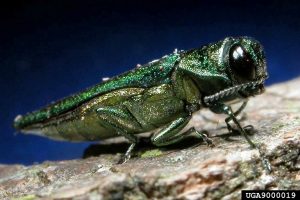
Field bindweed:
- Field Bindweed Identification and Management (Colorado Department of Agriculture)
- Noxious Weed Species: Field Bindweed (Colorado Department of Agriculture)
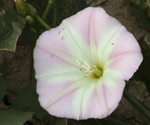
Gypsy moth:
- Gypsy Moth (Colorado Parks & Wildlife)
- Gypsy Moth (Colorado State University Extension)
- Gypsy Moth: What You Need to Know About the Threat to Forests in Colorado (Colorado State Forest Service and Colorado Department of Agriculture)
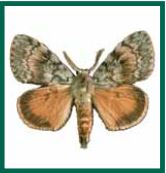
Japanese beetle:
- Best Management Strategies: Japanese Beetle (Colorado Department of Agriculture)
- Japanese Beetle (Colorado Parks & Wildlife)
- Japanese Beetle (Colorado State University Extension)
- What You Need to Know About the Colorado Quarantine Against Japanese Beetle (Colorado Department of Agriculture)
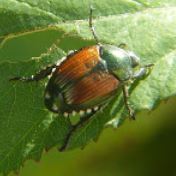
Meadow knapweed:
- Meadow Knapweed (Colorado Parks & Wildlife)
- Meadow Knapweed Identification and Management (Colorado Department of Agriculture)
- Noxious Weed Species: Meadow Knapweed (Colorado Department of Agriculture)
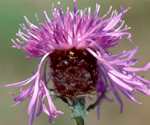
Mountain pine beetle:
- Lodgepole Pine Management Guidelines for Land Mangers in the Wildland-Urban Interface (Colorado State Forest Service)
- Mountain Pine Beetle (Colorado State Forest Service)
- Mountain Pine Beetle (Colorado State University Extension)
- A Northern Front Range Landowner Guide to Living with Bark Beetles (Colorado State Forest Service)
- Preventive Spraying for Mountain Pine Beetle (Colorado State Forest Service)
- Product Use to Prevent Mountain Pine Beetle (Colorado State Forest Service)
- Solar Treatment for Mountain Pine Beetle (Colorado State Forest Service)
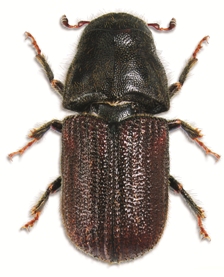
Purple loosestrife:
- Noxious Weed Species: Purple Loosestrife (Colorado Department of Agriculture)
- Purple Loosestrife (Colorado Parks & Wildlife)
- Purple Loosestrife Identification and Management (Colorado Department of Agriculture)
- Purple Loosestrife Newsletter (Colorado Division of Wildlife, available for checkout in print)
- Warning: Danger in the Field (Colorado Division of Wildlife, available for checkout in print)
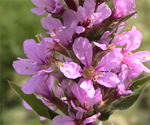
Rusty crayfish:
- Top Invasive Concerns: Rusty Crayfish (Colorado Parks & Wildlife)
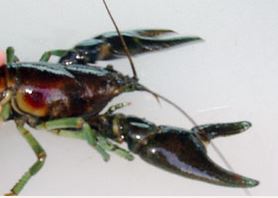
Waterflea:
- Top Invasive Concerns: Waterflea (Colorado Parks & Wildlife)
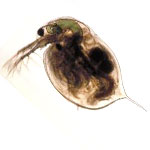
Yellow starthistle:
- Noxious Weed Species: Yellow Starthistle (Colorado Department of Agriculture)
- Yellow Starthistle (Colorado Parks & Wildlife)
- Yellow Starthistle Identification and Management (Colorado Department of Agriculture)
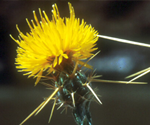
Zebra and quagga mussels:
- Boat Inspection (Colorado Parks & Wildlife)
- Invasive Concerns: Zebra and Quagga Mussels (Colorado Parks & Wildlife)
- Zebra/Quagga Mussel Early Detection and Rapid Response (Colorado Division of Wildlife)
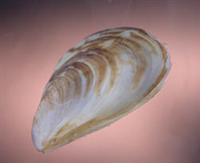
For general information on invasive species in Colorado, see the following state publications:
- Aquatic Nuisance Species (ANS) Watercraft Inspection Handbook (Colorado Division of Wildlife and Colorado State Parks)
- Aquatic Nuisance Species Pocket Guide (Colorado Division of Wildlife, available for checkout in print)
- Aquatic Nuisance Species Program (Colorado Legislative Council)
- Aquatic Nuisance Species Watercraft Decontamination Manual (Colorado Division of Wildlife)
- Colorado State Parks Aquatic Nuisance Species (ANS) Inspection and Education Handbook (Colorado State Parks)
- Front Range Eco-regional Partnership Invasive Plant Species Strategic Plan (Colorado State University)
- Noxious Weeds (Colorado Department of Agriculture)
- Prevention and Response Plans to Address Invasive Species Attacks on Urban Forests in Colorado (Colorado Department of Agriculture)
- Protect Colorado’s Lands and Waters: Learn How You Can Stop Invasive Species (Colorado Parks & Wildlife)
- State Aquatic Nuisance Species (ANS) Program Summary for Colorado Legislators (Colorado Department of Natural Resources)
Photo credits:
Colorado Department of Agriculture: Emerald ash borer, field bindweed, meadow knapweed, purple loosestrife, yellow starthistle
Colorado Parks & Wildlife: Rusty crayfish, waterflea, quagga mussel
Colorado State Forest Service: Gypsy moth
Wikipedia: Japanese beetle, mountain pine beetle
- How to Spot the Differences Between Eagles and Hawks - August 16, 2021
- How Transportation Projects Help Tell the Story of Colorado’s Past - August 9, 2021
- Time Machine Tuesday: The Night the Castlewood Canyon Dam Gave Way - August 3, 2021